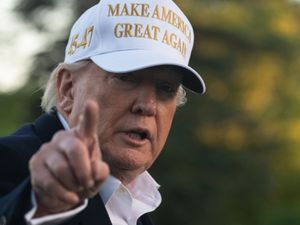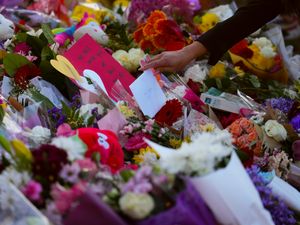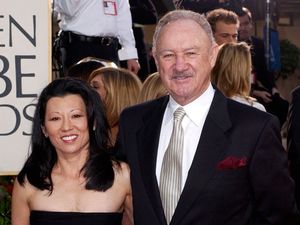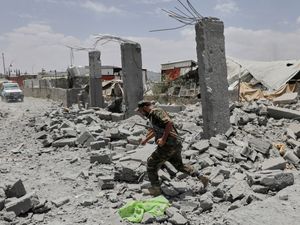Amazon deforestation in Brazil ‘down to lowest level since 2016’
In the past 12 months, the Amazon rainforest lost 4,300 square kilometres of land, roughly the size of Rhode Island.
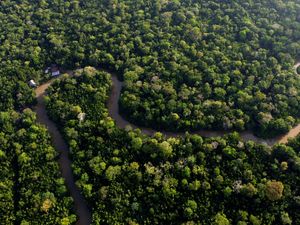
Deforestation in Brazil’s Amazon rainforest slowed by nearly half compared to the year before, according to government satellite data released on Wednesday.
It is the largest reduction since 2016, when officials began using the current method of measurement.
In the past 12 months, the Amazon rainforest lost 4,300 square kilometres of land, roughly the size of Rhode Island.
That is a nearly 46% decrease compared to the previous period. Brazil’s deforestation surveillance year runs from August 1 to July 30.
Still, much remains to be done to end the destruction, and the month of July showed a 33% increase in tree cutting over July 2023.
A strike by officials at federal environmental agencies contributed to this surge, said Joao Paulo Capobianco, executive secretary for the Environment Ministry, during a press conference in Brasilia.
The figures are preliminary and come from the Deter satellite system, managed by the National Institute for Space Research, a federal agency and used by environmental law enforcement agencies to detect real-time deforestation.
The most accurate deforestation calculations are usually released in November.
President Luiz Inacio Lula da Silva pledged “deforestation zero” by 2030. His current term ends in January 2027. Amazon deforestation has steeply declined since the end of far-right president Jair Bolsolonaro’s rule, in 2022.
Under his government, forest loss reached a 15-year high.
About two-thirds of the Amazon lies within Brazil. It remains the world’s largest rainforest, covering an area twice the size of India. The Amazon absorbs large amounts of carbon dioxide, keeping the climate from warming even faster than it would otherwise.
It also holds about 20% of the world’s fresh water and biodiversity that scientists have not come close to understanding yet, including at least 16,000 tree species.
At the same time, deforestation in Brazil’s vast savannah, known as the Cerrado, increased by 9%. The native vegetation loss reached 7,015 square kilometres – an area 63% larger than the destruction in the Amazon.
The Cerrado is the world’s most biodiverse savannah, but less of it enjoys protected status than the rainforest to its north. Brazil´s boom in soybeans, the country’s second-largest export, have largely come from privately-owned areas in the Cerrado.

